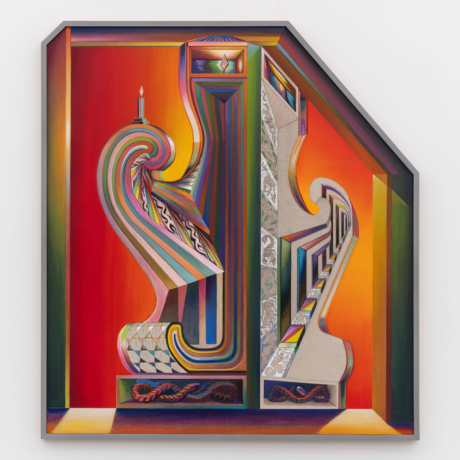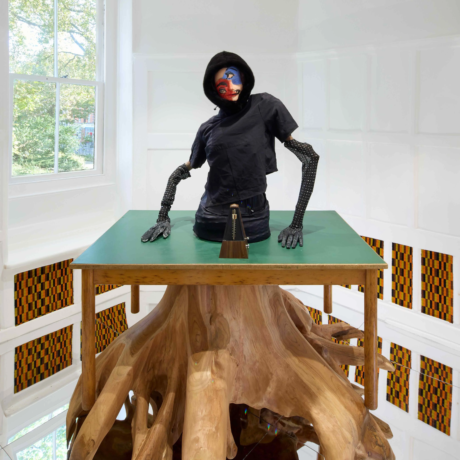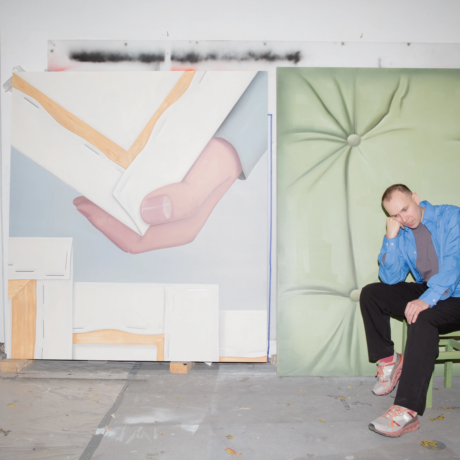Samaira Wilson speaks to Tyler Mitchell about growing up in Atlanta, his motivators and his first Atlanta exhibition ‘Idyllic Space.’
Atlanta native Tyler Mitchell found his love for creative filmmaking and imagery in his early youth. Somewhere between watching ’60s B-Noir movies with his dad, exploring Tumblr feeds, and filming skate videos of friends in high school, Mitchell decided that he wanted to be an artist. And so, at eighteen, he left Atlanta to study cinematography at NYU Tisch. New York City expanded his world view. He fed off the city’s energy, becoming a regular at Dashwood Books, the Metrograph, gallery openings, and theatre performances. During college, he interned at Art Partner, gaining real exposure to the fashion photography industry. While in school, he shot music videos for Kevin Abstract, fashion campaigns for Givenchy, American Eagle, and Marc Jacobs, and covers for magazines like Dazed and i-D.
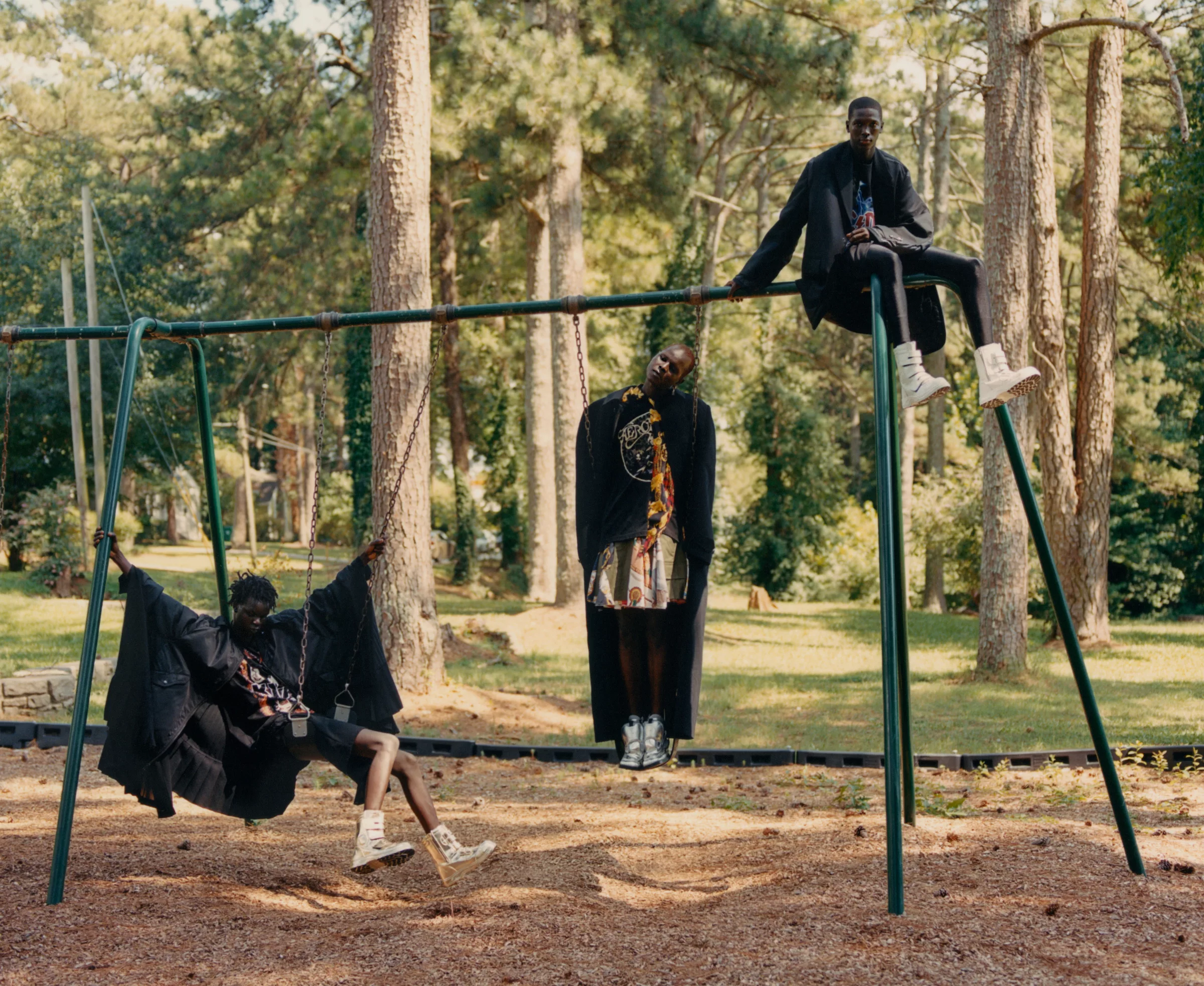
Fresh out of university, he released his 206-page debut monograph, I Can Make You Feel Good, illuminating a Black utopia through visual affirmations of pleasure, power, and visibility. At 23, he made history by becoming the first Black photographer to shoot the cover of Vogue in the magazine’s entire lifespan, where he shot Beyoncé for its September 2018 issue. Today, Mitchell is regularly published in avant-garde magazines and commissioned by prominent fashion houses, and his work is held in several prestigious public and private museum collections.
Mitchell’s first Atlanta exhibition, Idyllic Space, is on view at The High Museum of Art until December 1. The show is his vision of a Black utopia, featuring 30 works from 2017 to the present, portraying acts of leisure and black existence outside hypervigilance. His work depicts tranquil interactions with land, community, and home. Intentionally offering a stark contrast to the historicity of the South, he uses portraiture to reclaim the lens through which the black body is seen. His film accompanying the show features young boys gazing into the camera lens, dripping ice cream, tossing gummy bears, hula hooping, swinging, swimming, biking, and running outdoors. Mitchell makes moments you want to live in, filling space with beautiful gestures of black mobility.
In our conversation, Tyler Mitchell opens up about his upbringing, the influences that have shaped his practice, his continued research, the meaning of craft, and what it means to open a show at his hometown museum.
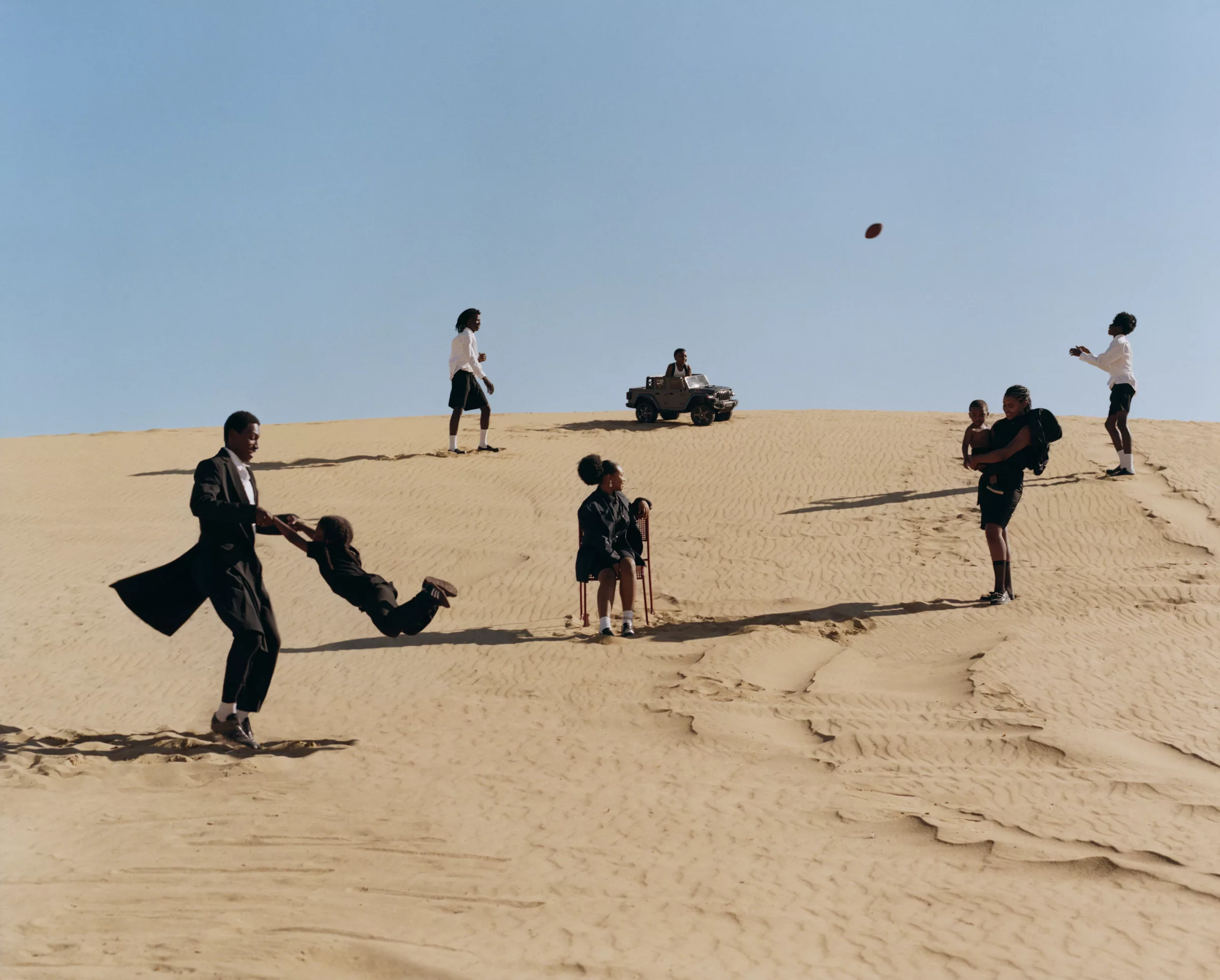
S: What brought you joy growing up in Georgia?
T: I loved it. Even though it was super hot and humid and sometimes unbearable, I loved feeling wholly burnt at the end of the day from running outside with friends. I loved being outside for eight hours straight, even if it was just exploring some random backwoods area with a friend or skating outside for six hours in the hottest sun.
S: Can you describe your upbringing in Marietta? What was it like being a suburban kid in a private school in Atlanta?
T: I think Marietta is a nice place to grow up. It’s a genteel place, and it’s very placid in a way. You know, there’s a front yard and a backyard with a creek. Upon moving to New York, I was like, oh, these were luxuries. The process of going to a private school in Buckhead, being from Marietta, commuting into the city every day, and understanding how things were organised socially in that homogeneous white Christian environment made me realise how I’m categorised within the South. I felt like I was not at the centre of things in my school environment and this informs my art practice today because I often think about who and what public spaces are for. I am constantly asking these questions about how Black people have navigated through the South and public space at large. While it gave me a lot of things in terms of education, I was also able to understand how social strata, concepts of old money, history, lineage, and the perception of being inside or outside the perimeter of Atlanta worked.
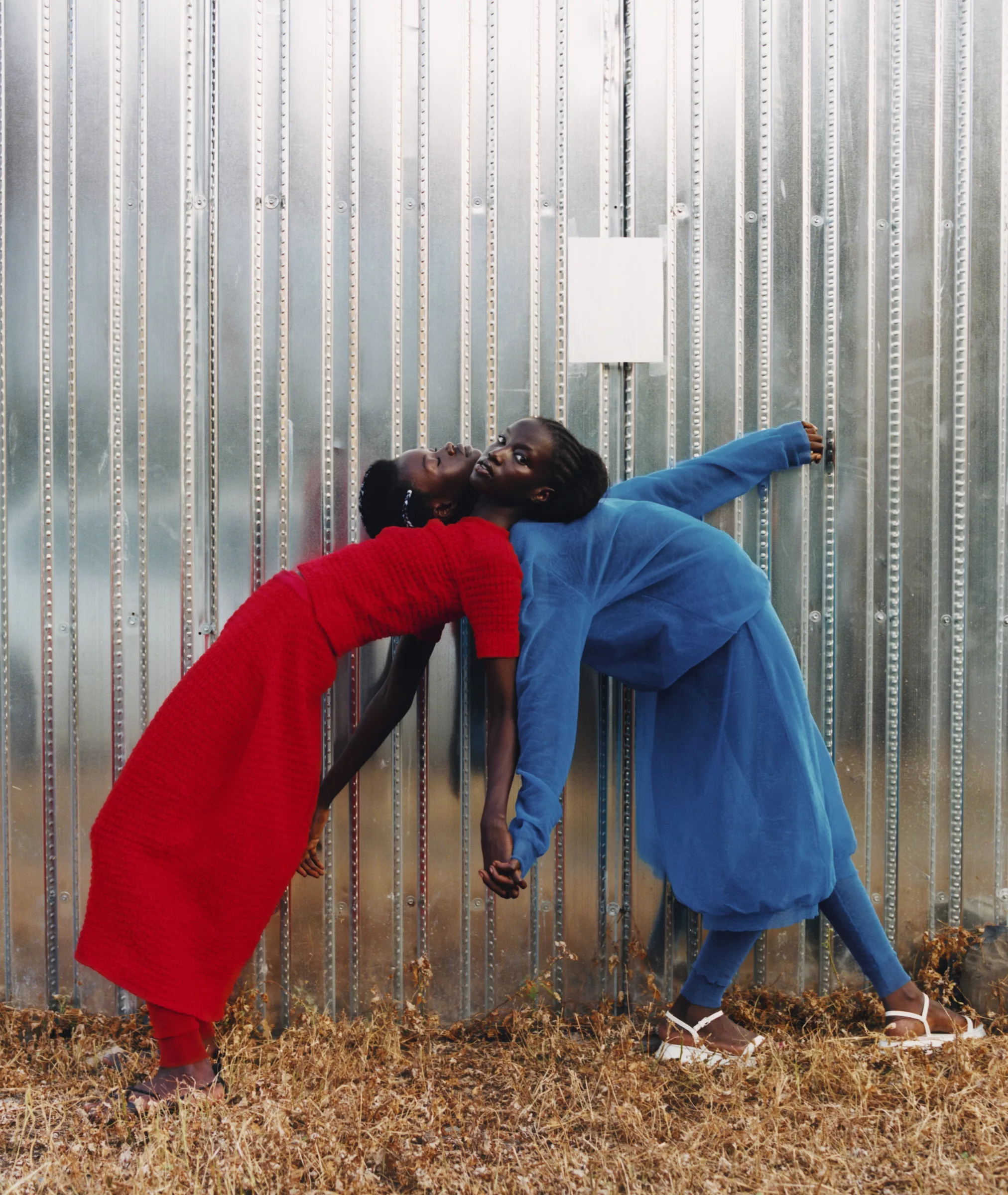
S: How did ‘Jack and Jill’ shape your youth, and what did it instill in you?
T: I met a lot of friends from Jack and Jill that I still have in my life. It’s also something that, if I’m totally honest, I did because my mother signed me up for it. She put me in it with all the best intentions of course. She wanted me to be socialised around other Black kids to ensure that I had something to do outside of school that was social, philanthropic and about community service. But I hated it at times, especially all of its cotillion aspects, like the dress code. But now, I’m making art about the experience of being in it, and I’m thinking a lot more conceptually about how such an organisation is formed and how it’s constructed, how black identity is constructed, and how it’s entangled with respectability politics and ideas around fashion and dress. I feel like those things are exciting aesthetically but also heavy historically.
S: What reflections do you have about going from shooting an American Eagle ad in your high school pool in 2017 to shooting Beyonce for the cover of Vogue in 2018? How would you describe that leap?
T: Well, I try to look at everything I do in the same way. Trying to find a personal approach, an approach of sincerity to everything. When I made the film with Beyonce I approached it with a desire to make something warm that had a lot of feeling from the heart, with a personal touch, a lens on her, her family and her role as a new mother. And that film was wonderful to make because she is a truly amazing collaborator. The telling of my own story was similar in that way. There’s a lot of overlap and connection between the way I approached making both films. That’s what happens in all of my work. I am always trying to thread the needle and to continue that tone throughout everything I do. Both are just a matter of personal storytelling, and when those elements are successful, sincere, and genuine, you know it. You feel it.
S: You and your body of work are at the intersection of photo, docu-film, fashion, and art. How does that make you feel?
T: I feel lucky in a way. It’s the type of mobility that I really have wished for and I think that it comes out of my genuine interest in all of those areas. It’s organic because I’ve made work that sort of crosses the boundaries of all of them. I’m sort of thinking about how photography is a medium in our daily lives that wants to be everywhere and wants to be everything to everybody. Images can play so many different purposes. My work and my images play a role in expressly and explicitly being fluid across those sorts of disciplines.
S: How have fashion campaigns and editorial work shaped your tastes as a photographer?
T: They have massively shaped my taste. They’ve hugely shaped my taste. From the outside point of view, when looking at magazines like “Dazed” and “i-D,” just as a young person, you see those images, and you think those look and feel really freeing. When I moved to New York, the pioneering photographers were the likes of Ryan McGinley, Larry Clark, Wolfgang Tillmans, Harley Weir, and Patrick Collins. Those voices made a lot of work that I felt was, for lack of a better word, very cool. They are still leading talent today, and now they are my contemporaries and peers.
I identified a lot of autonomy in fashion photography, and that’s why I started to move into the fashion space and began to think about how photography and fashion could intersect in a thoughtful and potentially new way. I ended up interning at an agency called Art Partner, which represents the leading fashion photographers in the industry. But at the time, the reality was that they represented basically a small handful of photographers, predominantly white older men, who were making 90% of the advertisements that we encounter in our day-to-day life, whether it be in the bus stations, on billboards throughout New York, or in magazines. All of them were being shot by a group of people you could count on your two hands. My internship there opened my eyes to that reality and made me ask myself how those spaces open up to other perspectives.
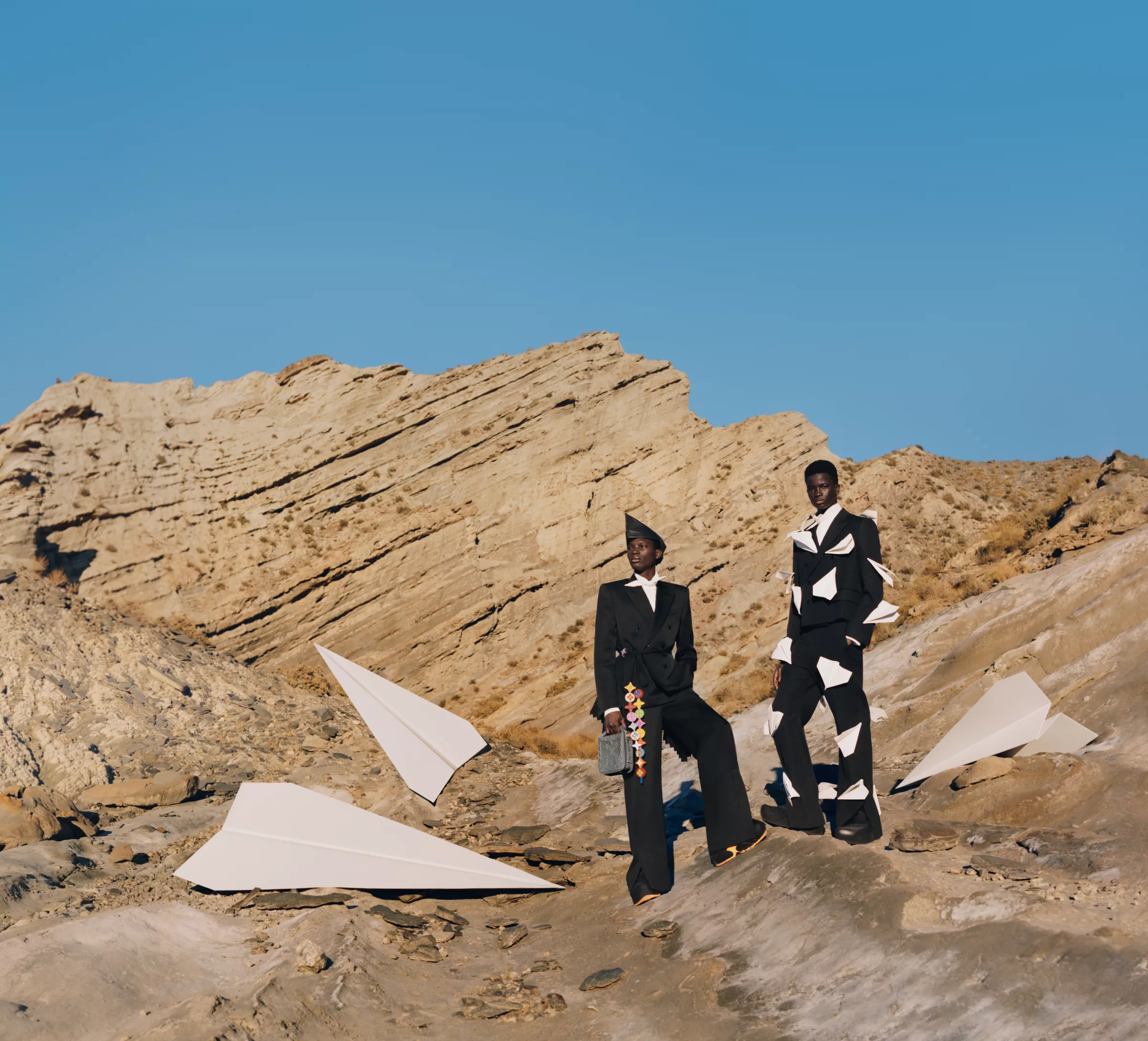
S: Who would you say your influences are, and how do you artfully respond to them?
T: I speak about them a lot, they range from Alfred Hitchcock down to the great Carrie Mae Weems, Roy DeCarava, and Gordon Parks. But I am also inspired by sculptors like Robert Gober and by friends like Hugh Hayden. There are a lot of other figures in pop culture, including Donald Glover. The range of inspirations goes on, spans time and even extends to people I directly collaborate with. They just kind of stay with me. I did an exhibition at C/O Berlin that’s open now, and it has a lot of those inspirations in the show. I hope that it’s an illuminating dialogue for viewers and visitors so that they can understand where my work is coming from while understanding the practices of other black and non-black artists who take up ideas of American identity and black identity. Blending my own personal history with those other artists, how they’ve shaped culture, and how I see myself in that lineage.

S: Could you talk about your relationship with fabric in the show?
T: I guess I became obsessed with this symbol of the laundry line as a motif of not only proverbial domestic space but of care, of labour, of history, and intimacy. The act of hanging one’s laundry or hanging another’s laundry is a very intimate act. So, I’ve sort of taken it upside down and explored it in a number of different ways. In Idyllic Space, there is an installation called Laundry Line, in which a lot of my early portraits are printed and dye-sublimated onto a variety offabrics and installed within the gallery as a laundry line. It’s one of those things that once you see it, you kind of can’t unsee it. This gesture of seeing photographs and portraits of young Black people printed onto these fabrics and installed in that way has become a way to interrogate and explore the cultural significance of fabrics. The histories of fabrics, where fabrics come from, what they have come to signify in our culture today, whether those be fabrics used for picnic blankets, dinner table cloths, bedsheets, pillowcases, or any of our daily uses. To connect all that back to my practice as a fashion photographer, how clothes play a role in the construction of our identity, and how fabric is really at the center of a lot of those ideas.
S: Stepping back and thinking about Atlanta as the place where you grew up, left and came back to, how has the city changed?
T: It’s gotten a lot bigger and a lot more cosmopolitan, which is cool and interesting to observe. It’s become more of a hub for culture and entertainment, TV, and film. All those things are good, because I think there was slightly less culture when I grew up there. It’s remained very black at its core, and it’s remained a place where black culture is understood and celebrated. I’m very proud to be showing what I’ve made since I left and went back.
I’m very much filled with gratitude for the exhibition to be getting the kind of response that it seems to be getting. There’s a work which depicts those Jack and Jill families I grew up in, so for families who are from the area to actually go in and see themselves quite literally depicted and represented becomes another meaningful engagement with my project. And that feeling, that their life has been seen in that way, that feels important.
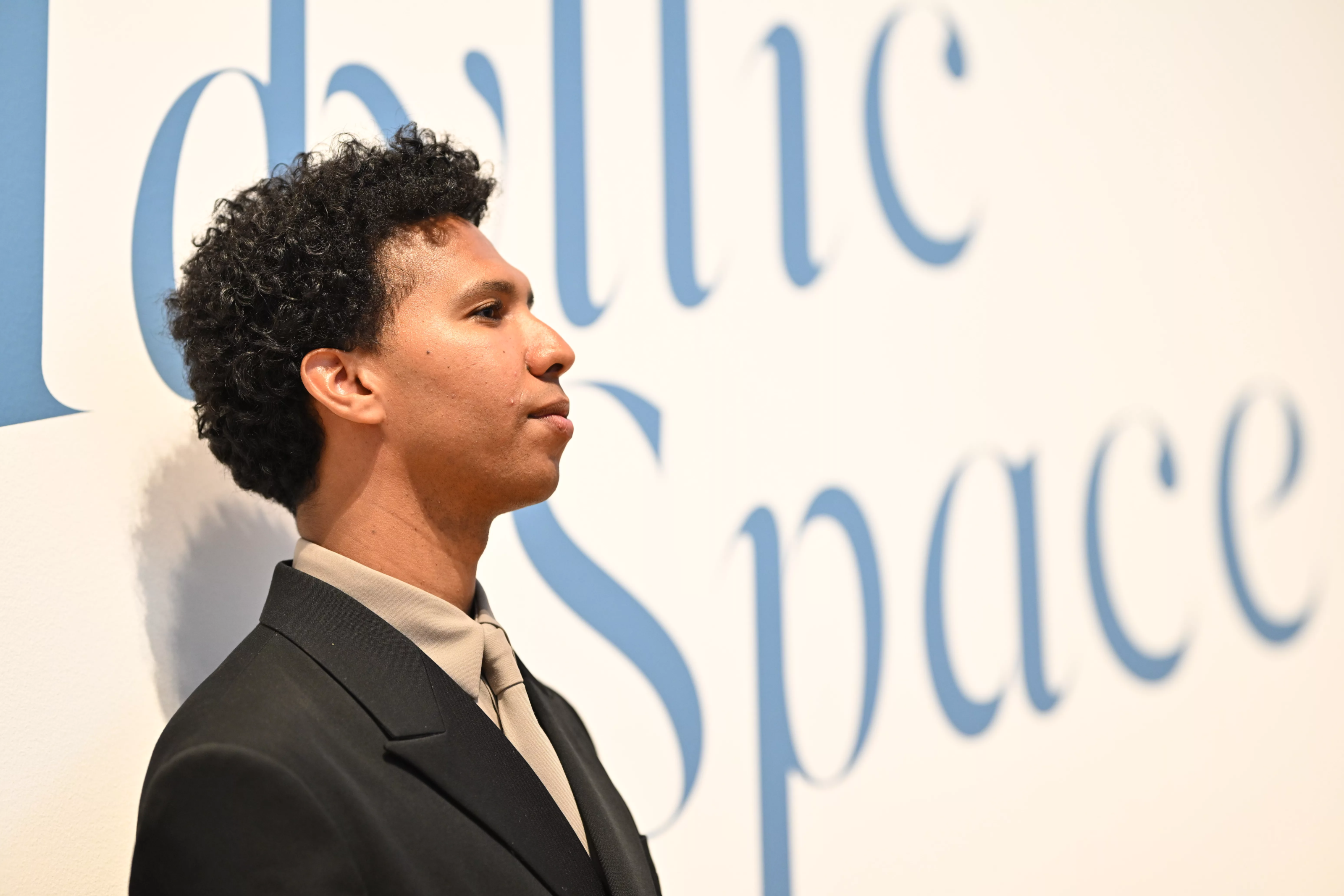
S: What do you see for the future of the art scene in Atlanta?
T: I can’t say I know the ins and outs of the art scene and don’t feel I can determine what it needs. But I can say that I’m excited for it to grow as an art hub in our country and on the world stage. The more contemporary and thought-provoking exhibitions that can happen there, the better. The more conversations that can be had, not only regionally but also globally, that can be brought there to open up people’s tastes, to create conversations, to encourage artists living there and who might wanna move there, the better. The more cross-pollination and dialogue that can come out of Atlanta, the better for the world.
Words by Samaira Wilson
